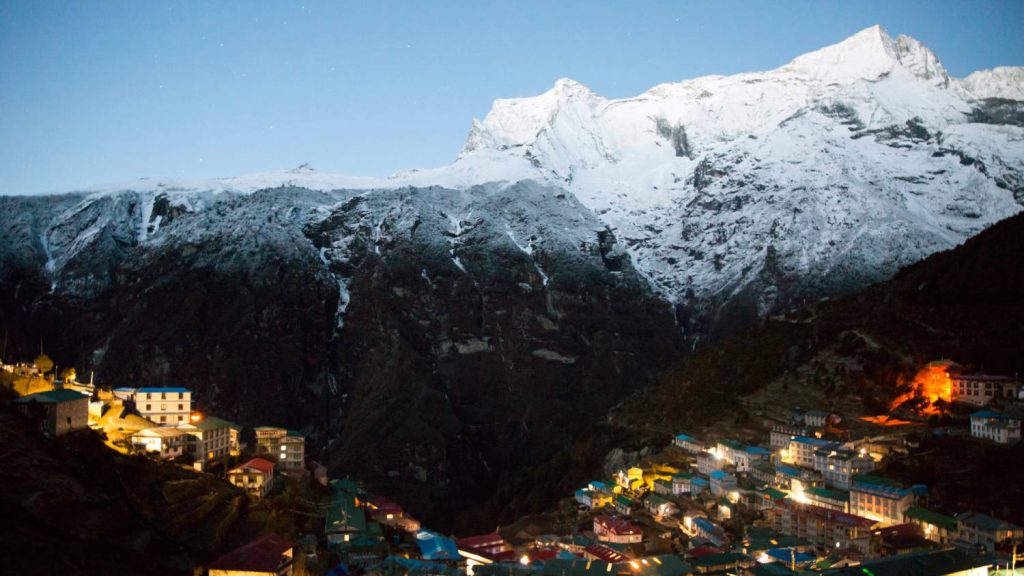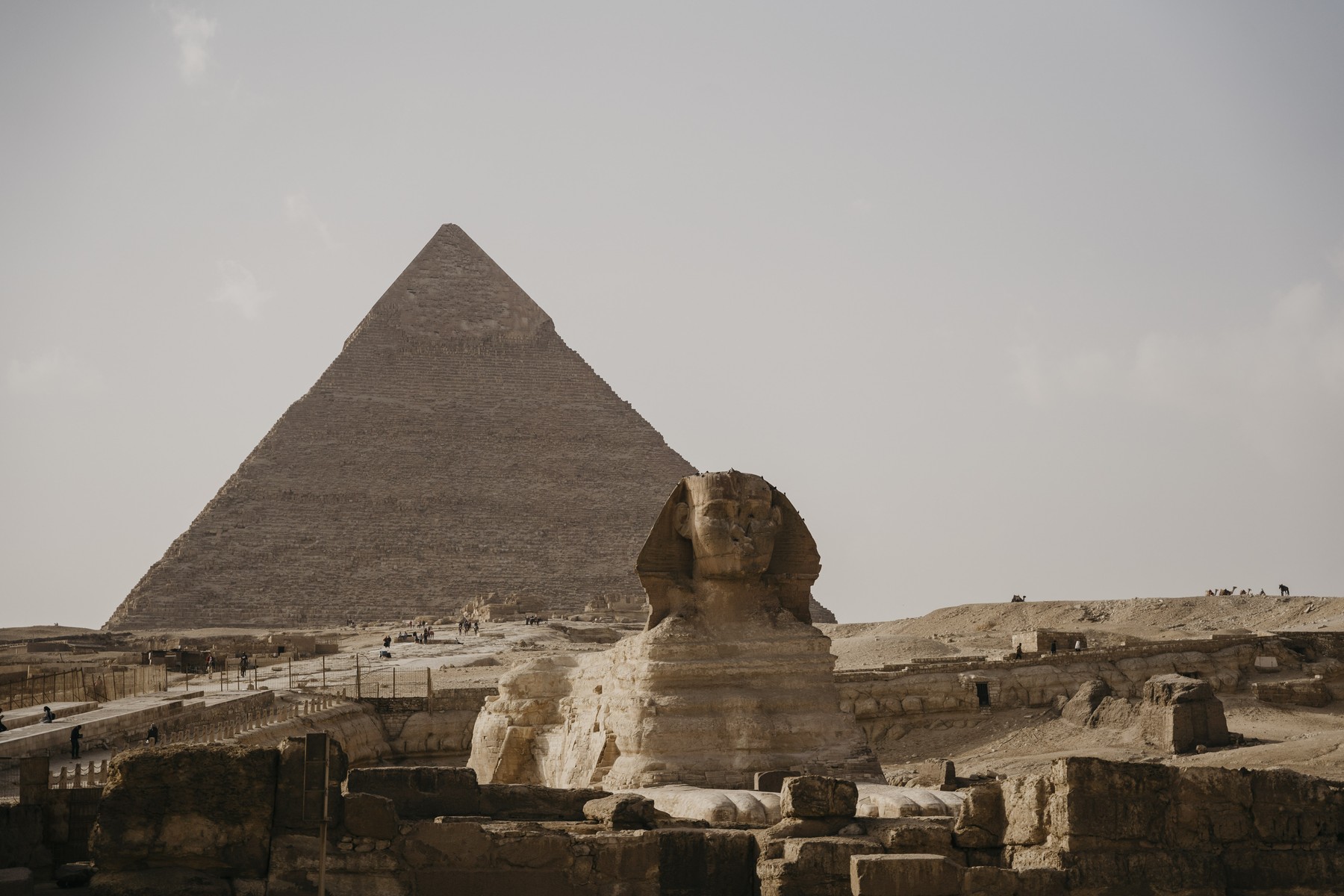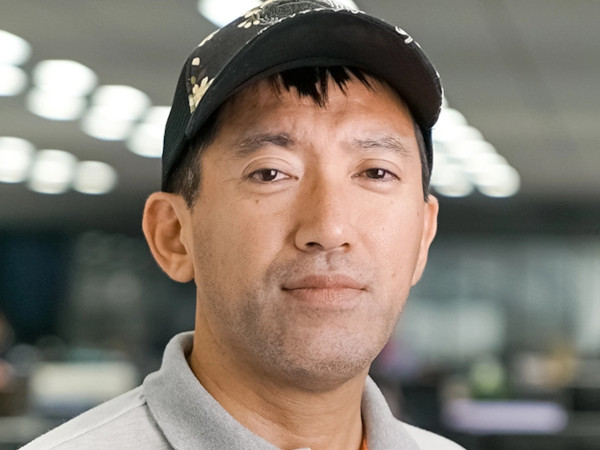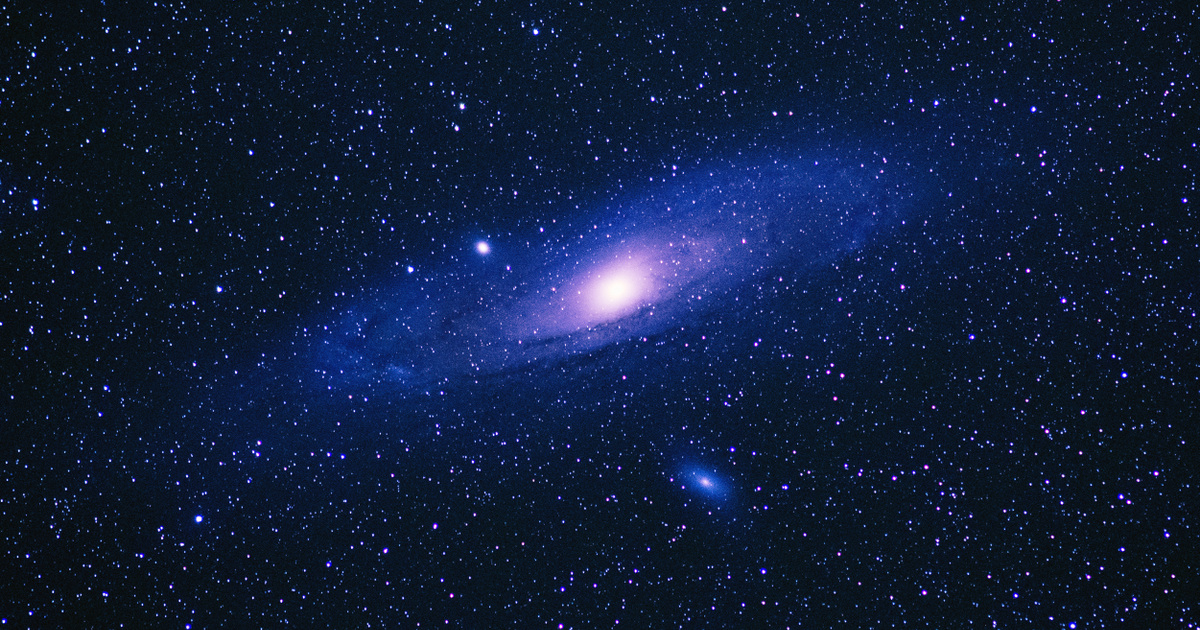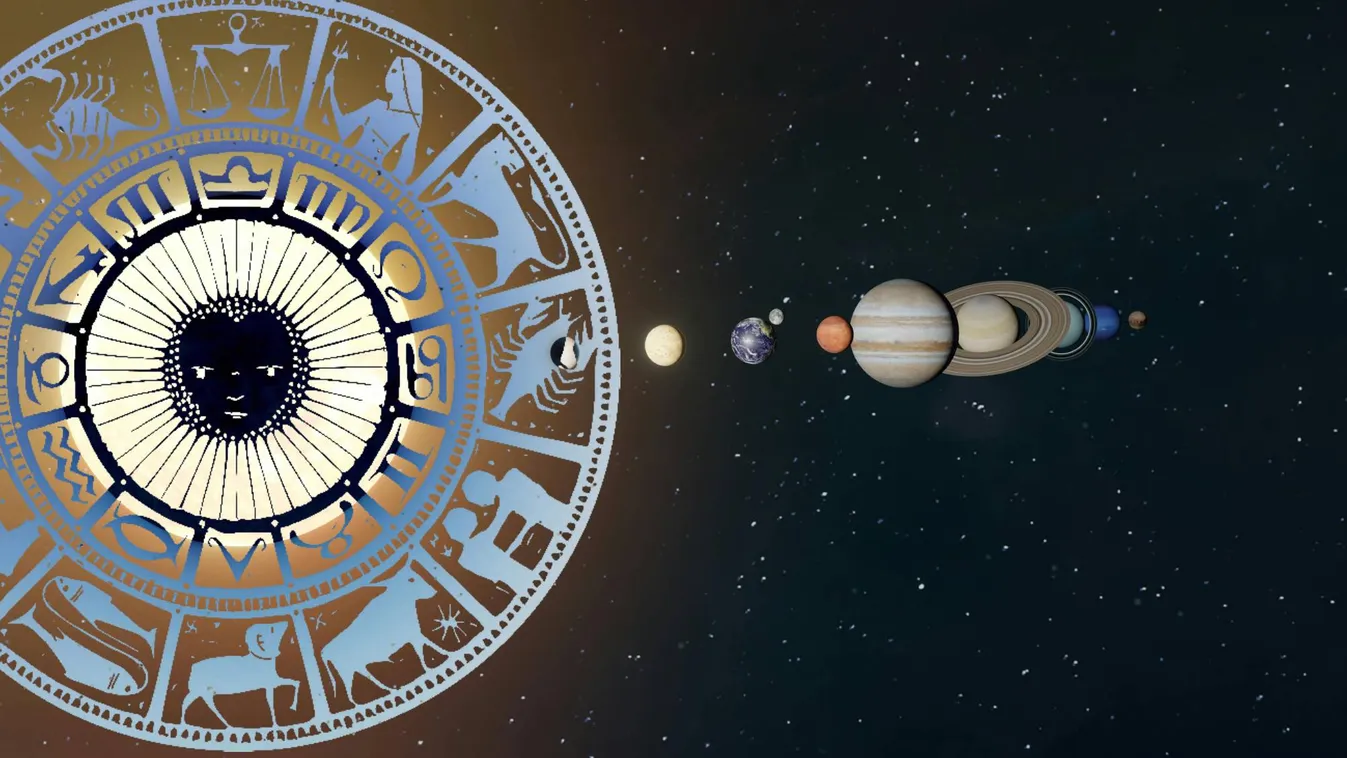The modern world revolves around states that are strictly defined by borders. Questioning these borders immediately leads to conflicts. Despite all this, there are still some places on earth that are not claimed by any nation. These areas are called Terra nullius, which is translated from Latin into Hungarian “no man’s land” There are three of them here:
Bir Tawil: The Land of the Bedouins
One of the most important examples of nominal land is Bir Tawil, a 2,060 square kilometer piece of land between Egypt and Sudan that is not claimed by either country.
This is an arid desert region, where temperatures of 45°C are unheard of in the middle of summer. The area’s population is officially zero, although it is frequented by Bedouin tribes such as the Ababda. This geographical deviation is largely due to the borders drawn by the British Empire in the 19th and 20th centuries. According to the US State Department, the United Kingdom made an agreement with Egypt in 1899 that the areas south of the 22nd parallel belonged to Sudan, placing Bir Tawil under Sudanese control.
In 1902, the British drew up another plan for the border between Sudan and Egypt. According to this plan, Bir Tawil came under Egyptian administration, as the area was occasionally used by the Ababda tribe, who had settled near Aswan in southern Egypt. However, Egypt only wants to observe the original borders of 1899, while Sudan claims the administrative borders of 1902. In other words, according to Egypt, Bir Tawil is in Sudan, but according to Sudan, it is in Egypt.
A few groups have attempted to claim the area, but none have been internationally recognized. In 2014, Jeremiah Heaton, an American living in Virginia, tried to claim the area as his own, calling it the Kingdom of North Sudan and declaring himself a self-appointed monarch. His reasoning was that in this way he could fulfill his daughter’s wish to become a princess. Unsurprisingly, his claim has not been recognized by the United Nations.
Another, less absurd idea is that Bir Tawil could be an example of a new type of jurisdiction in which indigenous peoples have rights to land.
Mary Bird Land: An unwanted piece of cake in Antarctica
According to international law, Antarctica is not owned by any country. However, this did not prevent seven countries from claiming part of the continent as their own: Argentina, Australia, Chile, France, New Zealand, Norway and the United Kingdom.
A typical map depicting these territorial claims shows Antarctica sliced like pizza, with Australia and Norway keeping the largest portions. However, it is worth noting that one of its corners, the area known as Mary Bird Land, remains unclaimed.
The land is named after the wife of US Navy officer Richard E. Byrd, who explored the area in the early 20th century. At 1,605,792 square kilometers, Mary Byrd’s massive land is the largest landless area in the world. Terra nullius remains because it is isolated and impassable even by Antarctica standards.
Goringa Sega: The Libertarian’s Dream
On the eastern bank of the Danube, between the Balkan borders of Croatia and Serbia, several areas have been hotly contested since the bloody breakup of Yugoslavia in the 1990s. On the western bank of the river, there is the opposite problem: approximately 4 regions are not claimed by any state.
Gornja Siga is the largest such area, consisting of only 7 square kilometers of forest area and serving as a flood plain for the Danube. Technically, it is under Croatian control, although they claim the area as Serbian, but Serbia does not claim the area.
Although neglected by both Croatia and Serbia, some other parties are keenly interested in claiming Jornja Sega as their own. In April 2015, a small group of liberals led by Czech politician Vet Jedlička planted a flag on the uninhabited swamp and declared it a new small country called Liberland. The idea was to turn it into a libertarian utopia with no mandatory taxes, minimal government regulation, and bitcoin as a currency.
Unfortunately, the dream ran into many obstacles. Despite previously showing little interest in Gornja Siga, the Croatian authorities were not happy with the idea of a wild libertarian mini-state on their doorstep, with police reportedly arresting anyone who tried to set foot on the ground.










